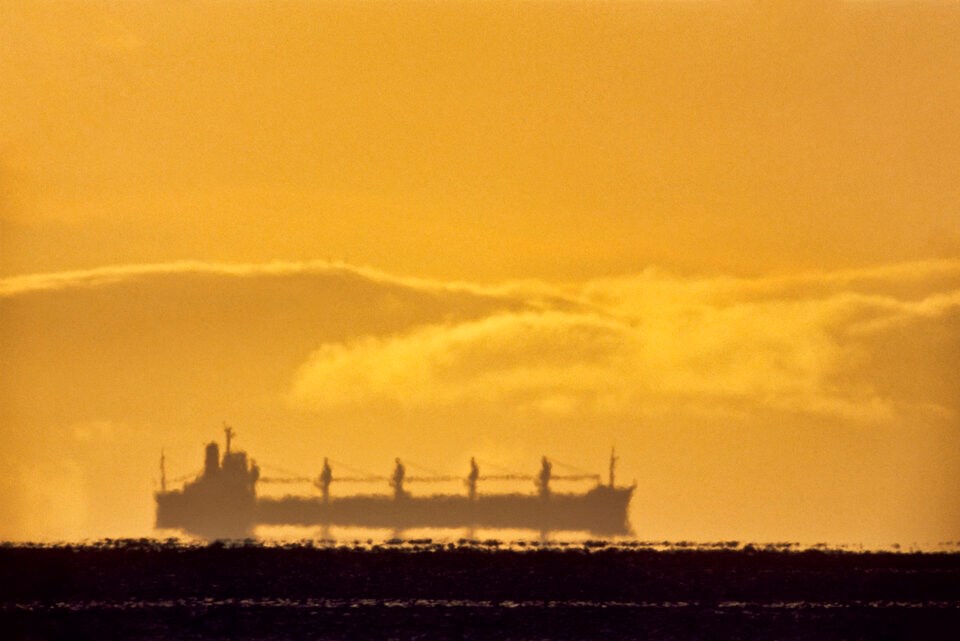The season's first heat wave is expected to settle over B.C. over the coming days, triggering a number of weather alerts and forecast highs of up to 40 degrees Celsius in some places.
Across Metro Vancouver and the Fraser Valley, Environment and Climate Change Canada has issued eight special weather statements as daytime temperatures are forecast to climb to into the low 30s.
Some parts of the province are expected to get even hotter.
After a cool, wet June for most of B.C., some parts of the province like Kamloops and Osoyoos will “be flirting with the 40-degree mark,” said Environment and Climate Change Canada meteorologist Ken Dosanjh.
“Now, we’ve kind of flipped the switch,” he said. “We’re looking at temperatures eight to 12 degrees above normal.”
That change in temperature poses a more serious risk to human health as warm temperatures continue into the night. Inland areas of B.C.’s north and central coast are under heat warnings as temperatures are expected to near 30 C daytime highs with 13 C overnight lows.
On the east coast of Vancouver Island, daytime temperatures will likely reach the low 30s. Howe Sound and the Sunshine Coast, meanwhile, are expected to see daytime highs climb to 32 C. All three regions are forecast to see overnight lows around 16 C between Saturday and next Wednesday when the high-pressure system is expected to move east.
Inland coastal regions, the Island, Sunshine Coast and Howe Sound all remain under a heat warning with temperatures expected to pose a “moderate risk to public health.”
How does the extreme heat alert system work?
In 2022, authorities integrated the BC Heat Alert and Response System (HARS) with Environment Canada’s three-tiered extreme weather alert system.
Now, early season hot weather may initiate a special weather statement, meant to alert people to early season high temperatures, which can shock the human body in ways not seen later in the summer when people have had time to acclimatize.
If temperatures continue to go up, Environment and Climate Change Canada may issue a heat warning due to very hot weather. This second stage is rolled out when daytime highs and overnight lows hit regional thresholds for at least two days.
Across B.C., the regional temperature thresholds are:
- Lower Mainland, Vancouver Island: daytime high of 29 C, nighttime low of 16 C
- Fraser Valley: daytime high of 33 C, nighttime low of 17 C
- Southeast (including the southern Okanagan): daytime high of 35 C, nighttime low of 18 C
- Northeast: daytime high of 29 C, nighttime low of 14 C
- Northwest: daytime high of 28 C, nighttime low of 13
Expected three times every summer, heat warnings are expected to lead to small increases in emergency room visits, hospitalizations and excess deaths. It also triggers a B.C. HARS heat warning response but may be confined to relatively small geographic areas of the province.
An extreme heat emergency is a third-tier response equivalent to the 2021 heat wave. They may be issued when the above thresholds are met and are expected to significantly increase every day for at least three days straight. These emergencies could lead officials to broadcast a warning through the national text alert readiness system, radio and television.
Such conditions are expected to hit a large part of the province and lead to large increases in emergency room visits, hospitalizations and deaths.
Current modelling suggests they will occur one to two times per decade, though beyond 2050, those estimates are expected to climb as human-caused climate change makes extreme weather more common and more intense.
Take measures to defend yourself from the heat, warn authorities
In a bulletin, Fraser and Vancouver Coastal Health called on the public to plan ways to cool off at a time their bodies might not be accustomed to the hot weather.
During the day, the two health authorities suggested closing windows and using blinds, awnings or shutters to block out the heat of the sun. At night, opening doors and windows will help move cooler air indoors.
They both recommended testing air conditioning units. Those without them are encouraged to seek out a friend or family member who does have mechanical heating.
Indoor temperatures between 26 and 31 degrees Celsius can be dangerous for some people. Health officials warn that when temperatures climb beyond 31 C, people should start seeking an air-conditioned space.
“This is our first prolonged heat spell of the year,” said Dosanjh of Environment and Climate Change Canada. “Those 11 a.m. to 4 p.m. peak temperature hours are the most important to avoid.”
“Do errands early in morning or late in afternoon. Stay hydrated.”
The two health authorities suggest considering places in your community facilities like “libraries, community centres, movie theatres, shopping malls, or recreation spaces including the ocean, rivers or lakes.”
“Seek a cool place such as a tree-shaded area, swimming pool, shower or bath, or air-conditioned spot like a public building,” warned Environment Canada in its bulletin Friday.
Check in on most vulnerable
Those most at risk include older adults, pregnant and young people, those who live alone or with mental illness, and anyone with pre-existing health conditions or substance use disorders. Also vulnerable are people who live with a disability, live in poor housing, or work in a hot environment.
"Check in regularly with family members and neighbours who are at higher risk,” said the Ministry of Emergency Management and Climate Readiness in a press release.
Anyone who can’t avoid the heat should consider spraying their body with water, dampening a shirt or taking a cool shower. Further information can be found in the B.C. government's .
“Watch for the effects of heat illness: heavy sweating, rash, cramps, fainting, high body temperature and the worsening of some health conditions,” warns Environmental Canada.




